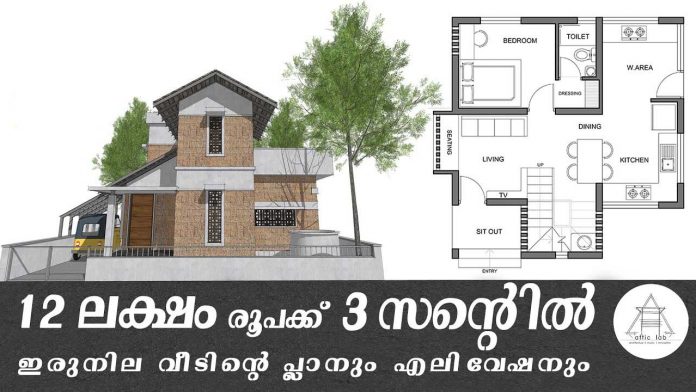An architect is a person who plans, designs and oversees the construction of buildings. To practice architecture means to provide services in connection with the design of buildings and the space within the site surrounding the buildings that have human occupancy or use as their principal purpose. Etymologically, the term architect derives from the Latin architectus, which derives from the Greek Professionally, an architect’s decisions affect public safety, and thus the architect must undergo specialized training consisting of advanced education and a practicum (or internship) for practical experience to earn a license to practice architecture. Practical, technical, and academic requirements for becoming an architect vary by jurisdiction.
Throughout ancient and medieval history, most of the architectural design and construction was carried out by artisans—such as stone masons and carpenters, rising to the role of master builder. Until modern times, there was no clear distinction between architect and engineer. In Europe, the titles architect and engineer were primarily geographical variations that referred to the same person, often used interchangeably
In most developed countries, only those qualified with an appropriate license, certification, or registration with a relevant body (often governmental) may legally practice architecture. Such licensure usually requires a university degree, successful completion of exams, as well as a training period. Representation of oneself as an architect through the use of terms and titles is restricted to licensed individuals by law, although in general, derivatives such as architectural designer are often not legally protected.
In the architectural profession, technical and environmental knowledge, design and construction management, and an understanding of business are as important as design. However, the design is the driving force throughout the project and beyond. An architect accepts a commission from a client. The commission might involve preparing feasibility reports, building audits, the design of a building or of several buildings, structures, and the spaces among them. The architect participates in developing the requirements the client wants in the building. Throughout the project (planning to occupancy), the architect coordinates a design team.









